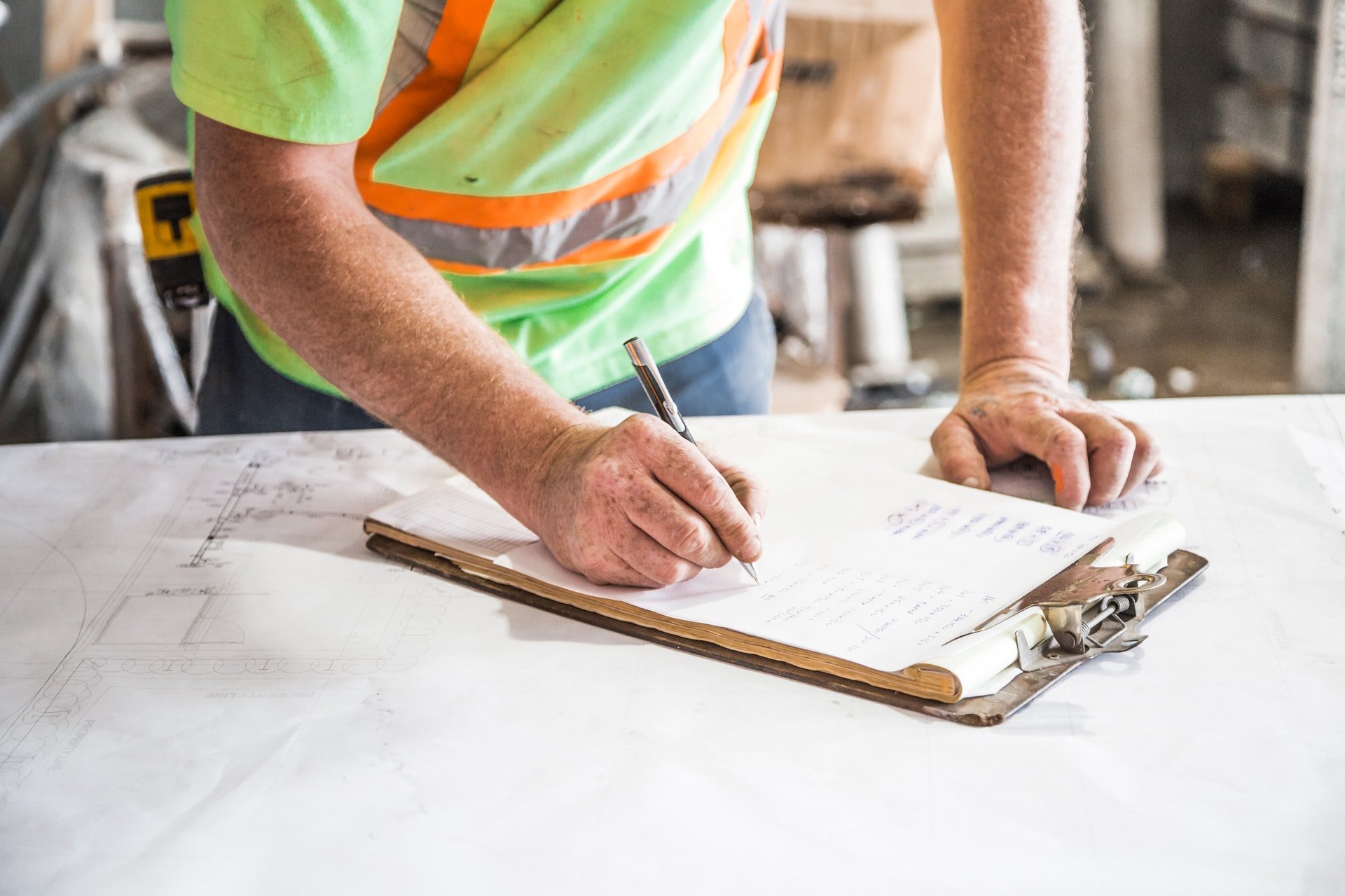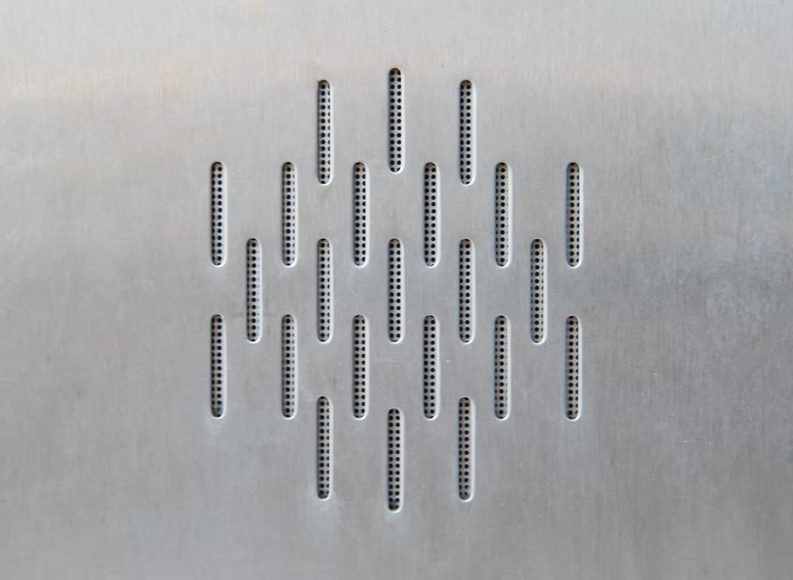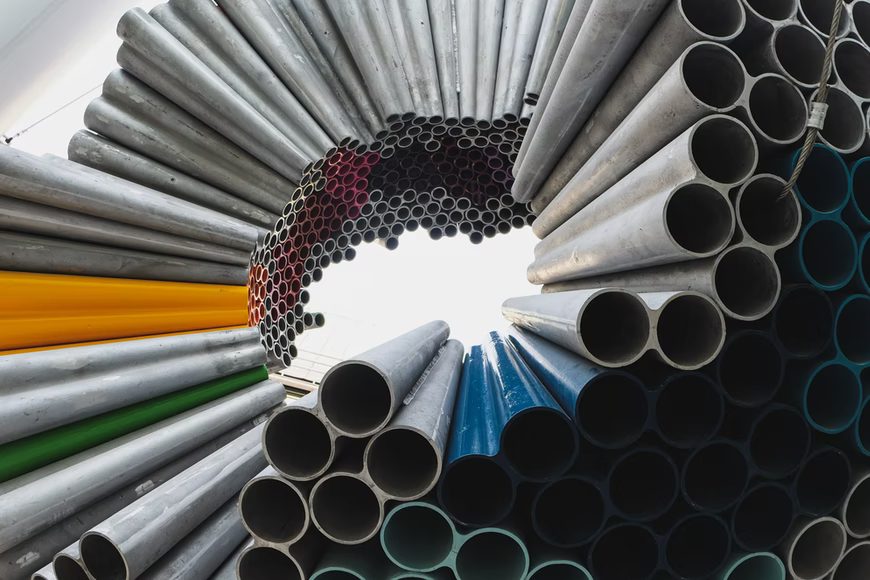
Electrical discharge machining (EDM) also known as spark erosion is a manufacturing process in which durable and precise cuts are made in the material, by means of an electrically charged wire that repeatedly jumps across a gap, removing small amounts of material with each pass. Here is an explanation of how electrical discharge machines work and their uses.
What Is An Electrical Discharge Machines?
An electrical discharge machine (EDM) is a tool for machining electrically conductive materials. It has the ability to cut and bore parts up to 45mm in diameter and 90mm long. The EDM’s wire electrode is called a ramset, which is connected through an inverter or transformer of some type that steps up standard line voltage – typically 600V-1000V AC to between 30kV-35kV DC. This voltage difference between the electrodes causes an electrical arc to form when they are brought together, causing erosion of material from the workpiece. There are both positive current machines, where electrons flow from the wire electrode towards the workpiece, and negative current machines where electrons flow in the opposite direction. This flow of electrons is what causes the erosion, creating a slurry that falls into a tank underneath the workpiece.
There are two types of EDMs: solid ram and wire feed machines. Here are the different types of EDMs explained and their uses.
Wire Cutting EDM
This is the most common type of EDM. Using wire edm differs from solid ram machines in that the rams are not just used to form pulses for erosion. As they move up and down, the height of each pass is controlled by both the position of the ram and the speed at which it moves back and forth. This allows for fine-tuning of how much material is cut away on each pass so that accurate dimensions can be achieved. Here is the step by step process:
- The ram sinks down to bring the wire electrode in contact with one side of the material.
- The wire electrode slowly moves along the workpiece, creating erosion on one surface at a time.
- Once there is no more material left, the wire is raised back up and recharged before sinking down again to begin creating another pass.
It is used for different things:
Cutting Aluminium

Aluminium is not a common material for EDMs because the temperature of the electrode will melt it. For this reason, an aluminium wire has to be used rather than a solid steel wire.
Cutting Stainless Steel
Stainless steel can be cut using either wire or solid ram EDMs. Solid rams cannot typically be used with stainless steel as they erode quickly and do not last long enough to machine it properly due to their hardness, so wire cutting machines are more commonly used when working with stainless steel.
Cutting Other Alloys
EDM can also be used to cuts brass-beryllium copper, nickel alloys, titanium alloy, silver alloy and other types of metal that have low electrical resistance.
Solid Ram EDM
In a solid ram type of electrical discharge machine, the rams are used to form pulses for erosion. This requires a lot more energy than a wire cutting machine. The electrode is also moved back and forth on the workpiece, but in this case, it is done while pressing down hard on it so that the material being worked on gets compacted. This allows for delicate control over how much material you want to remove without risking damage to the part. Solid ram machines can cut up to 45mm in diameter and 90mm deep into most types of metal. Here is the step by step:
- The component machined is mounted either horizontally or vertically and held tightly in place by clamps.
- An electrode is lowered onto the workpiece and a powerful electrical pulse is applied to it via a lead set point.
- The electrode creates an electric arc that burns away at the desired location on the surface of the material, causing the metal to be eroded. This happens over and over again as the electrodes are raised and then dropped back onto the workpiece.
- During this process, part geometry information such as hole depth or height is stored by computer numerical control (CNC) so that it can reproduce these geometries accurately. All other data needed for machinings such as tool angles and speeds can also be programmed into CNC prior to operation for additional accuracy.
- The electrode is then retracted using the ram and the process begins again. Parts are usually machined layer by layer down to a certain depth, with each layer taking around five minutes to complete.
Here are the uses.
Cutting Steel And Other Hard Metals

Solid ram EDMs are commonly used with steel because they have great staying power which means they last a long time and do not wear out quickly. This makes them more reliable than wire machines, especially in high volume cutting applications.
Cutting Larger Parts
Solid ram EDMs are also preferred for cutting metal that is larger than 45mm in diameter because they achieve a higher rate of erosion than wire machines due to greater contact between the electrode and material being machined – this means it will cut faster.
Cutting Components That Need A High Level of Accuracy
EDM is also used for complex components such as gears, clock gears and watch parts that must be machined precisely so they fit together correctly. This type of work requires a high level of accuracy and wire machines do not typically offer the fine control needed to accomplish this. For this reason, solid ram EDMs are often preferred by manufacturers who require a high degree of accuracy from their equipment. wire cutting machines can cut 24 parts from one charge before it needs to recharge, wire cutting machines can only cut one part at a time which makes them very slow. Forced air cooling is sometimes used in large factories with wire machines to keep the electrode cool during operation.
EDMs are great machines that are useful for a wide range of industrial applications. Solid rams are commonly used on large industrial scale parts that require a high degree of accuracy. Other common uses for solid rams include cutting through thicker materials than wire EDMs, the ability to cut components made from harder metals and shape complicated workpieces with tight tolerances. Wire electrical discharge machines are typically used for more delicate work. It is important to choose the right machine for the job depending on what needs to be cut and other factors like material hardness or how thick or thin you want the removed material to be.








